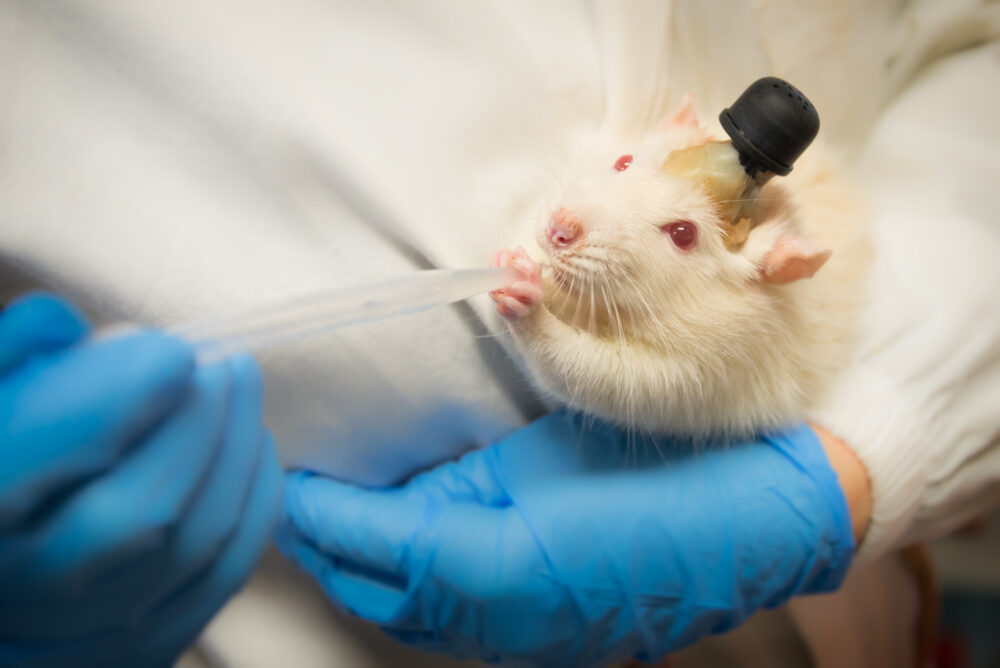Extending a human’s lifetime sounds like something that would only exist in a fictional realm. A recently published study, though, shows that this ability may one day be achievable in our own world.
A common theory regarding the mechanism that drives aging is that the accumulation of genetic mutations eventually causes cells to lose their structure and identities. These changes in the DNA structure that prevent genes from functioning properly could lead to subsequent organ failure, disease, and death. But findings from 13 years of research conducted by a team led by Harvard Medical School geneticists Jae-Hyun Yang and David Sinclair reveal that the predominant forces behind aging are instead factors that impact the way DNA is folded and thus which genes are expressed at specific times during an organism’s lifespan.
In the nucleus, DNA is coiled around proteins to form nucleosomes, which are further condensed to form chromatin fibers. These fibers can unwind to make certain portions of DNA accessible to molecules that help express genes coded by that specific sequence. Chromatin movement is controlled by chemical tags attached to the DNA, referred to as “epigenetic modifications,” which are the reason why an organism’s cells can have drastically different structures and functions despite all containing the same DNA sequence.
“This work opens doors for countless thrilling possibilities, and the rejuvenation of mice is only the beginning.”
Earlier studies show that epigenetic changes accompany aging, but until now, it was unclear as to whether they were a result or the cause of it. To study this relationship, the team of researchers led by Yang and Sinclair created temporary cuts in mice’s DNA to replicate the chromosomal breakage that occurs in cells as a result of everyday activities such as sunlight and chemical exposure or breathing. To prevent genes from developing mutations and ensure that only the structure and folding of DNA were impacted by the cuts, researchers did not make cuts within the active regions of DNA responsible for gene expression and protein formation.
“Experimental mice were biologically much older than the control group despite being alive for the same amount of time.”
The DNA damage response to these cuts involves the recruitment of epigenetic modifiers, diverting them from their normal regulatory function. At first, modifiers returned to these functions promptly after repair. As time passed, they eventually stopped returning, causing epigenetic disorganization. Mice experienced a rise in biomarkers indicative of aging and cellular deterioration, chromatin started to condense at the wrong places, and cells began to lose their identities. Researchers found that the epigenetic aging rate was about 50% faster in experimental mice, and accordingly, after ten months, signs of aging that normally manifest in mice near the end of their 2.5-year lifespan became clear; mice experienced long-term memory loss, a decline in spatial awareness, reduced endurance, increased brain inflammation, and other age-related defects. Based on the number of lost biomarkers attached to the genome, experimental mice were biologically much older than the control group despite being alive for the same amount of time.
After showing clear signs of aging, experimental mice were treated with three genes responsible for cellular reprogramming to attempt to return cells to a revived state. Shortly after, tissues and organs began to function better and cells experienced the permanent restoration of epigenetic factors they had when they were young. Although the mechanism as to how treatment with these genes restored function remains unclear, this experiment supports the hypothesis that mammalian cells’ early epigenetic software remains unaffected by disruptive factors that cause epigenetic dysregulation and aging, and restoring them can revive cellular function.
“We have the technology today to be able to go into your hundreds without worrying about getting cancer in your 70s, heart disease in your 80s and Alzheimer’s in your 90s”
“Epigenetic deregulation is the driving factor behind aging, and manipulating the epigenome can reverse it.
Although much more information and future research are needed in order to make medical applications feasible, these findings can allow for more effective treatments of diseases associated with aging such as neurodegeneration, cardiovascular disease, and frailty. The team also plans on exploring other more effective factors than the three cellular reprogramming genes to control the epigenome and rejuvenate tissues, such as drugs or small molecule chemicals, and they are hopeful that eventually, the human health span will be able to be extended: “We have the technology today to be able to go into your hundreds without worrying about getting cancer in your 70s, heart disease in your 80s, and Alzheimer’s in your 90s,” Sinclair explained. This work opens doors for countless thrilling possibilities, and the rejuvenation of mice is only the beginning.
Image courtesy of Wikimedia Commons

